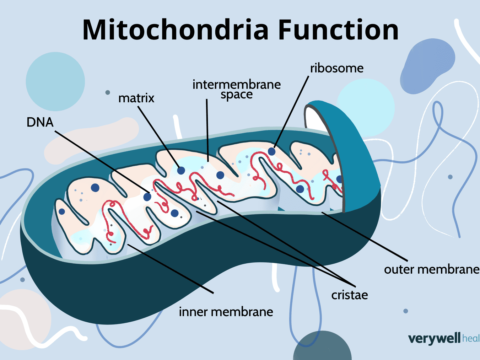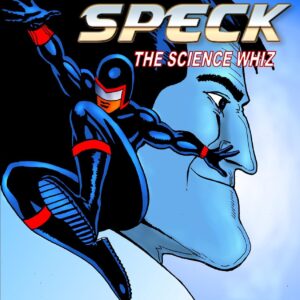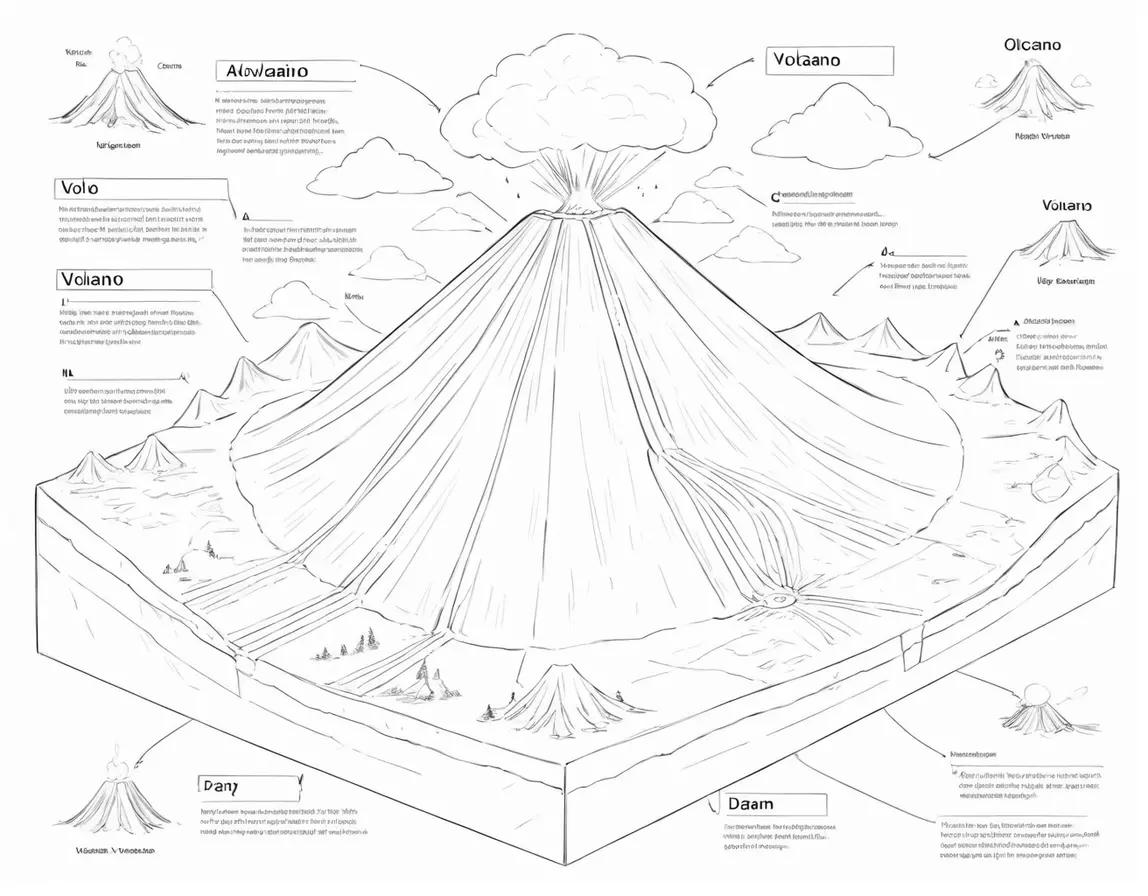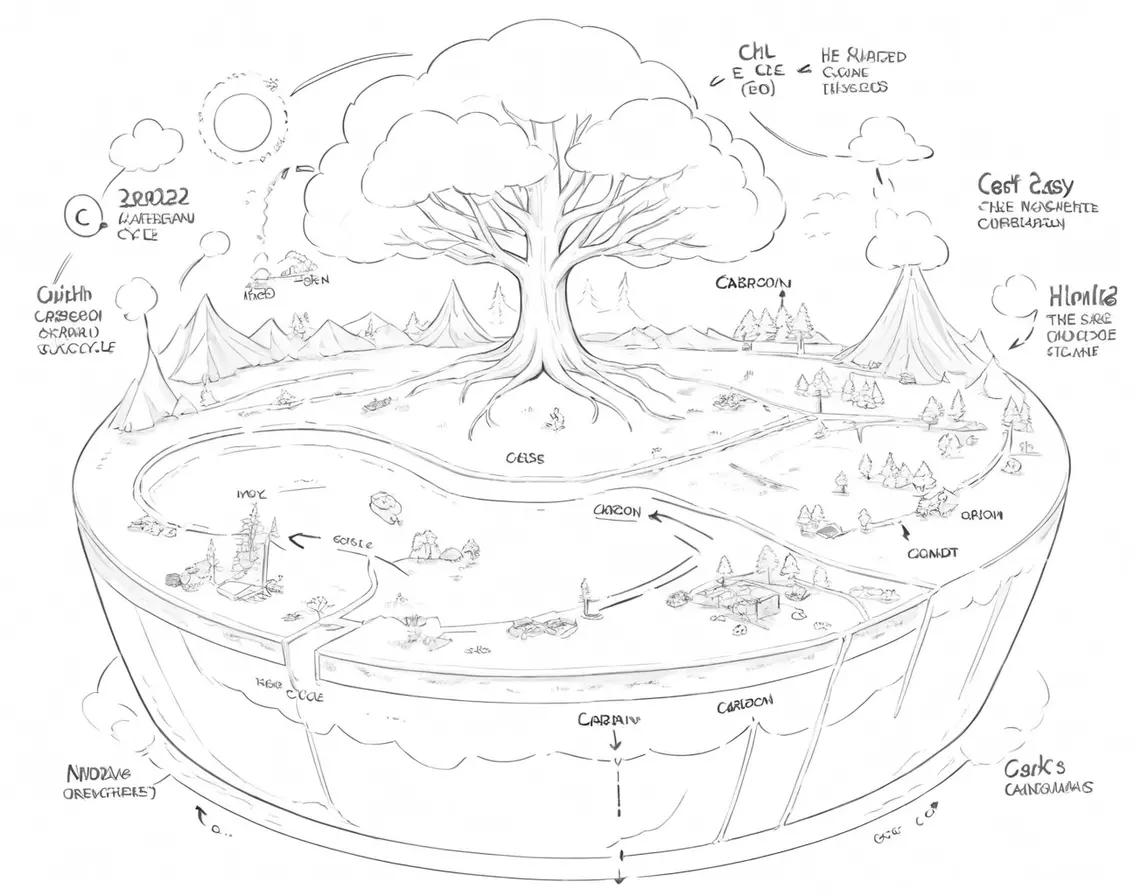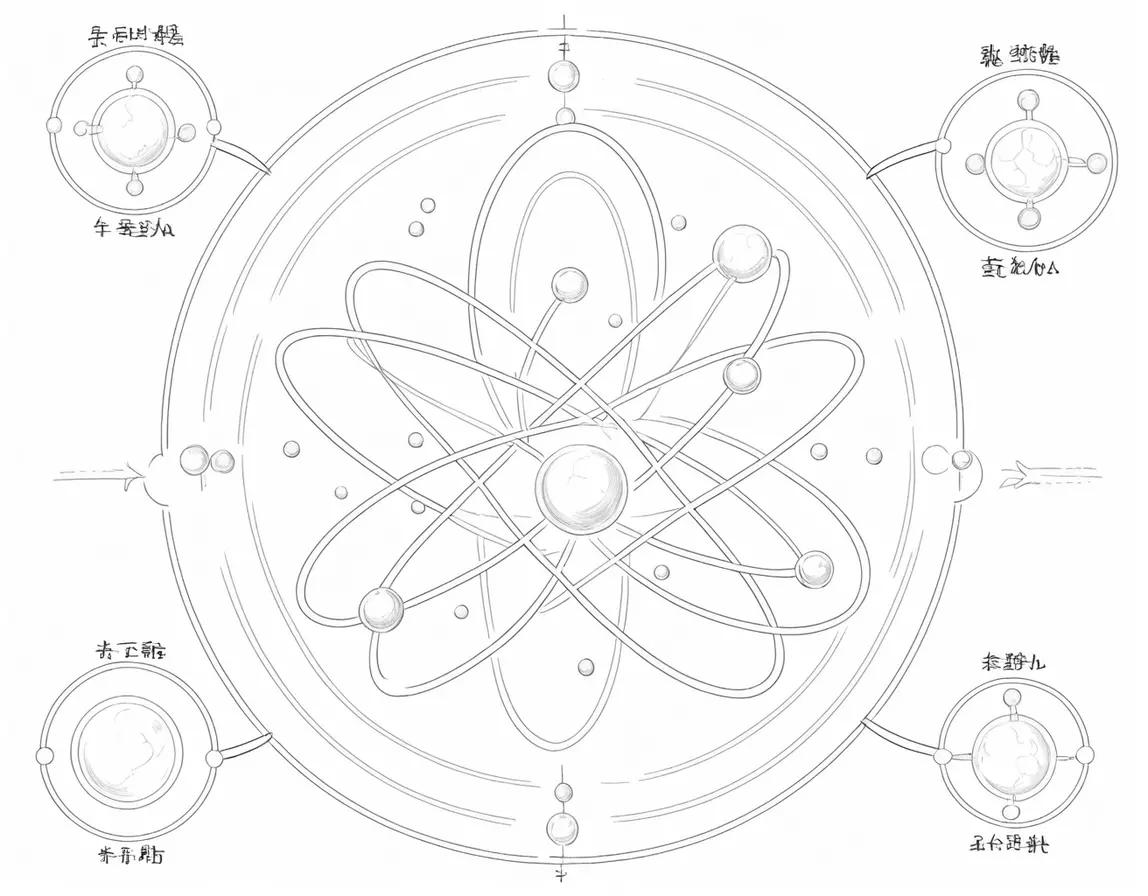
All living things are made up of cells. Think of cells like blocks one would use to build a house. Cells join together to make tissues, tissues join together to make organs. Therefore we can say that cells are the basic unit of life.
Most cells are too small to see with the naked eye. To see what a cell looks like, you have to use a microscope.
The genes of the cell are found in the nucleus. The genes tell the cell how to do its work.

The clear, jelly-like substance around the nucleus is called cytoplasm. Many of the functions of the cell take place in the cytoplasm.

ANIMAL CELLS
There are are different types of animal cells. The various parts of your body, such as your muscles, skin, and brain, are composed of different kinds of cells. Each type of cell performs a different function. Skin cells for example, keep harmful things from getting into your body. Brain cells allow you to think and muscle cells allow you movement.
Animal cells come in various shapes. Red blood cells are round like wheels Skin cells are flat. Muscle cells are long and thin. Nerve cells have long arms and look like tree branches.
The cytoskeleton is a kind of supportive framework that gives an animal cell its shape. It holds the insides of the cell in place.
The organs of a cell are known as organelles. Organelles do all the things a cell needs to stay alive and to perform its job. Each type of organelle has a different function. The nucleus is the organelle which contains the genes. The genes carry code instructions that tell the cell what to do and when to do it.
The cytoplasm has organelles that carry out other functions. Mitochondria are organelles that generate energy for the cell. Proteins, a material that cells need to survive, is made in organelles called the endoplasmic reticulum and the Golgi apparatus. The organelles called Lysosomes act as the cell’s recycling center and waste disposal.
Animal cells are surrounded by a semi permeable structure called the cell membrane. The cell membrane lets some materials pass into and out of the cell. For the most part it keeps other, harmful materials out.

PLANT CELLS
Plant cells have a nucleus and many of the same organelles that animal cells have. Plant cells however are square or rectangular in shape having a sturdy cell wall that surrounds the cell membrane. This makes the cell rather rigid.
Plant cells also have a relatively big space inside called the central vacuole. The vacuole stores water, filled with salts, sugars, and other nutrients. The central vacuole also collects plant wastes.
Green plant cells contain small green spheres known as chloroplasts. Chloroplasts are organelles that absorb sunlight and use its energy in the process of photosynthesis to make food for the cell.
HOW CELLS DIVIDE
All cells originate from other cells. New cells come about from cell division.
There are two stages in cell division. First, the nucleus divides in two. The cytoplasm then divides and the cell splits into two separate cells, each one having its own nucleus.
There are two ways a cell can divide; mitosis and meiosis. The nucleus of most cells divides by a process called mitosis. Mitosis makes ordinary cells such as blood cells. The two cells produced by mitosis are like identical twins. Each has a full set of genes.
With meiosis the nucleus of a sex cell divides by a different process. Cells produced by meiosis contain only a half set of genes. Sex cells, such as sperm and egg cells, come together to produce whole new being.
When a sperm fertilizes an egg, the new cell has a full set of genes. Half of the genes come from the father’s sperm cell and half from the mother’s egg cell. This is how babies get genes from both parents.







